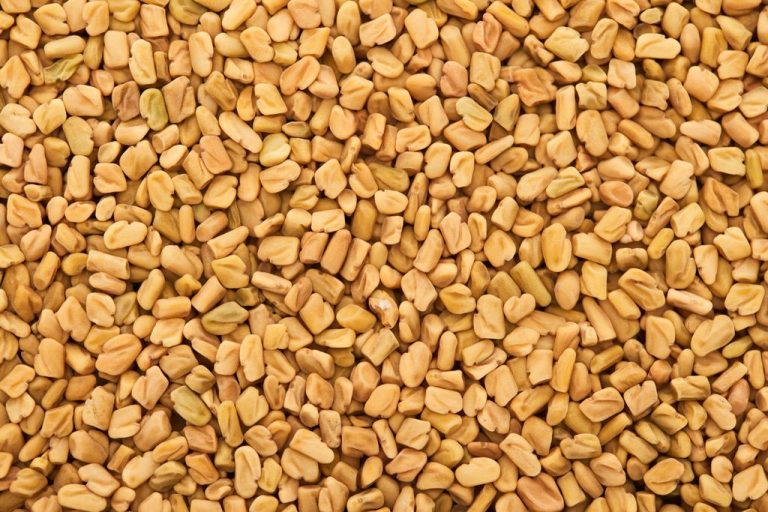Bulgur is a popular alternative to rice, noodles and the like – with an oriental flair! Here you can find out what bulgur is, where it comes from and which basic recipe you use to prepare it.
Bulgur has its home in the Middle East, where it is still an integral part of the local cuisine. Bulgur has also found its way to us from Iran, Lebanon and Turkey. Bulgur is not only enjoying increasing popularity in vegetarian and vegan cuisine: for many, bulgur brings a refreshing change to the menu.
Bulgur – wholesome grain from the Middle East
Grains are the base from which bulgur is made. Traditionally, bulgur is made from durum wheat. How bulgur is made:
The whole grains are first soaked in water for several hours.
They are then dried and roasted for several hours.
Finally, the roasted grains are roughly broken up.
The gentle and lengthy production method makes bulgur particularly easy to digest.
Bulgur from the local field
In addition to bulgur made from durum wheat, there are also variants based on buckwheat, spelt and barley in organic quality. That means: Even if bulgur has its origins in the Middle East, you can buy it from regional cultivation. Locally produced bulgur means:
a lower energy consumption
shorter transport routes
and support for local farmers.
Conventionally produced bulgur is also often bleached with caustic soda to give it its light, almost white colour. You can get unbleached bulgur from organic farming. As a rule, caustic soda is not used here.
Bulgur is that healthy
Because the whole grain is processed, bulgur is packed with vitamins, fiber, minerals, and nutrients. Bulgur is a high-quality food and also keeps you full for a long time. 100 grams of bulgur contains about 76 grams of carbohydrates and has about 340 calories. If you suffer from gluten intolerance, you can use buckwheat bulgur.

Bulgur goes with (almost) everything
Slightly salted and sprinkled with some chopped parsley, bulgur is a delicious alternative to rice. The bulgur prepared in this way is also the main ingredient for tabbouleh, an oriental salad with bulgur, cucumber, tomato and mint. Due to its relatively neutral taste, bulgur can also be used to conjure up delicious desserts.

